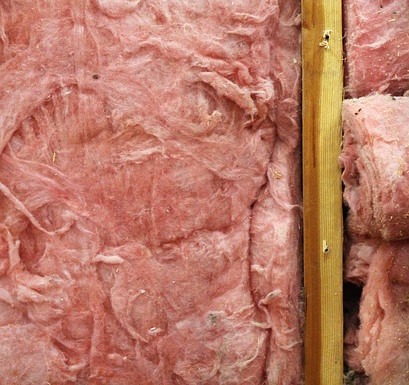 Does your heating bill seem unreasonably high? Many factors, such as the size of your home, heating source, and daily habits, all play major roles in determining how much energy your particular home requires to stay warm; that being said, if you find that you're paying more than comparable friends are, there could be some issue with your home that's costing you heat (and money). Keep reading to learn about a few of the likely culprits!
Does your heating bill seem unreasonably high? Many factors, such as the size of your home, heating source, and daily habits, all play major roles in determining how much energy your particular home requires to stay warm; that being said, if you find that you're paying more than comparable friends are, there could be some issue with your home that's costing you heat (and money). Keep reading to learn about a few of the likely culprits!
Leaky Ducts
The hot air that your furnace works hard to make is being wasted if it never gets to your living spaces. In fact, up to 30% of the hot air can be lost as a result of leaky ductwork. Besides the lack of effective heating (and cooling in the summer), one of the most obvious signs of poorly-sealed ductwork is a particularly dusty home. Openings in ducts can allow them to pull particles from basements and walls into the air which circulates through your home.
Uncalibrated Thermostat
Do you feel like you have to crank the thermostat up to an unreasonable temperature in order to feel comfortable? It could be due to poor calibration. Over time, your thermostat can lose its calibration, or ability to match the set temperature to the air temperature, due to internal dust or simple wear and tear. Cleaning and recalibrating a thermostat can be done fairly easily by following these steps. You could also consider replacing the old unit with a new, smart thermostat, which will reduce your energy use by actively adjusting temperatures according to your needs.
Drafty Windows and Doors
Perhaps the most common source of heat loss are windows and doors whose seals have worn away (or were never properly installed in the first place). Testing is simple: just move your hand along the edge of a door or window and feel for cold air entering your home. Any significant draft represents a major source of wasted energy. Luckily, there are a number of simple ways in which you can eliminate this problem.
Poor Insulation
This is the most obvious reason for high heating bills. Older homes are especially likely to be poorly insulated, which allows heat to rapidly escape through the walls and attic. If you have a room which never seems to heat up even though it receives plenty of warm air, this is a sure sign that the insulation is insufficient in that area. Hot air rises, so start by checking your attic. There should be an even depth of insulation all along the space. The exact amount needed will depend on the type of insulation being used, but generally is around 16-18 inches. You can read more about properly insulating your attic here.
When it comes to inefficient home heating, these are some of the most likely culprits to be on the lookout for. By correcting these simple issues, you can both greatly increase the comfort of your home and greatly decrease your heating bill!

